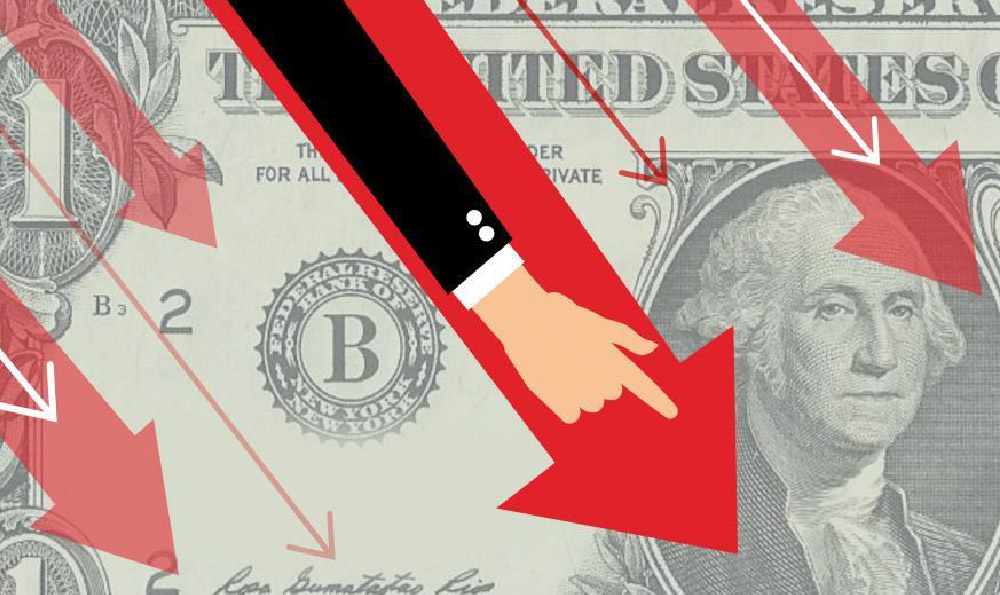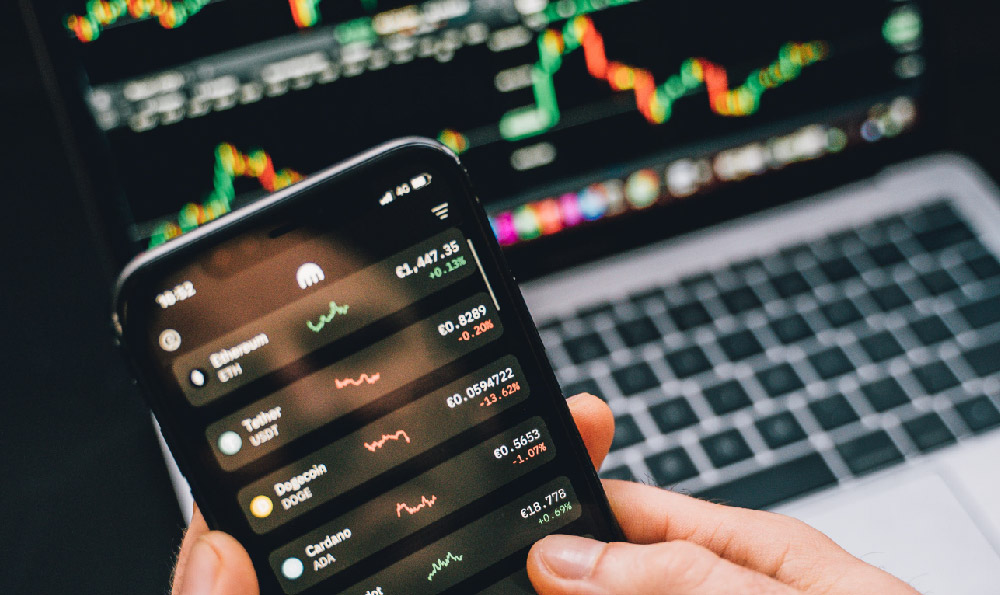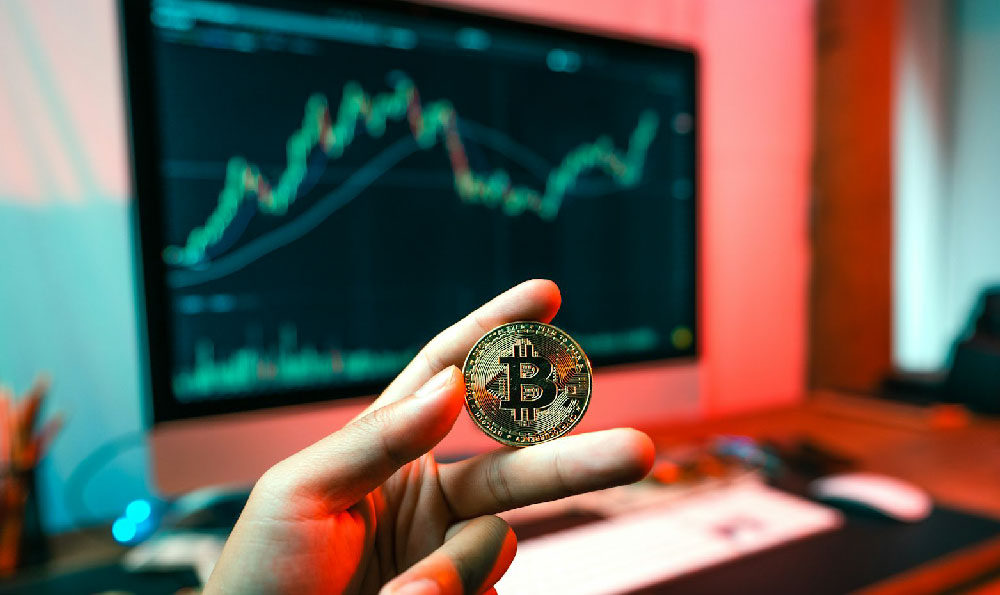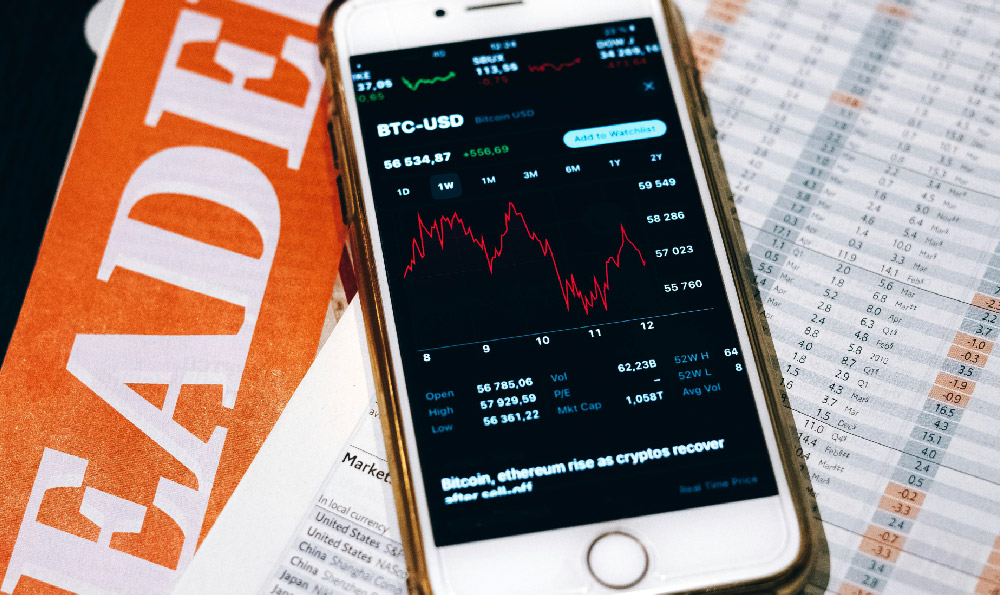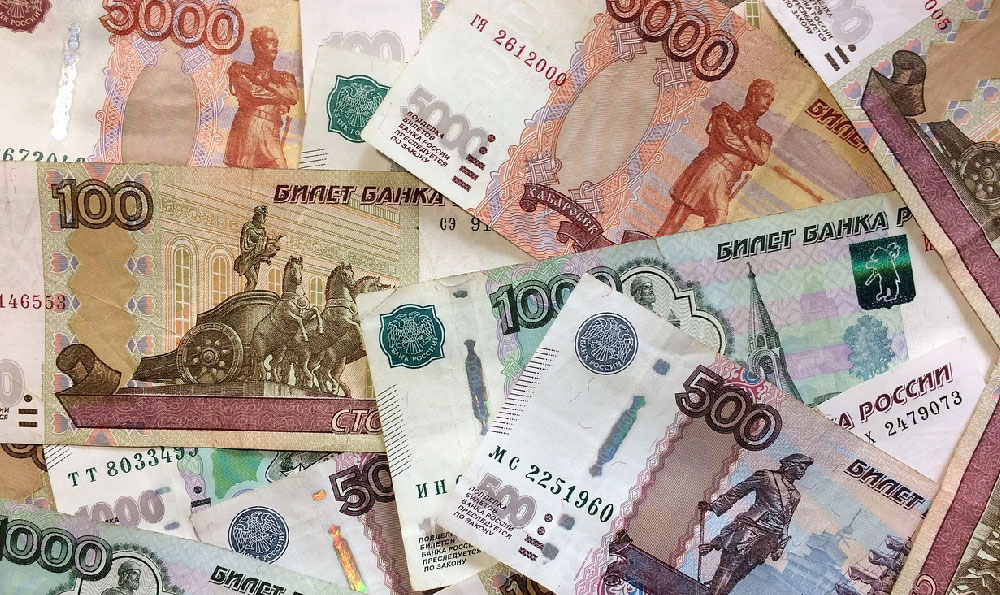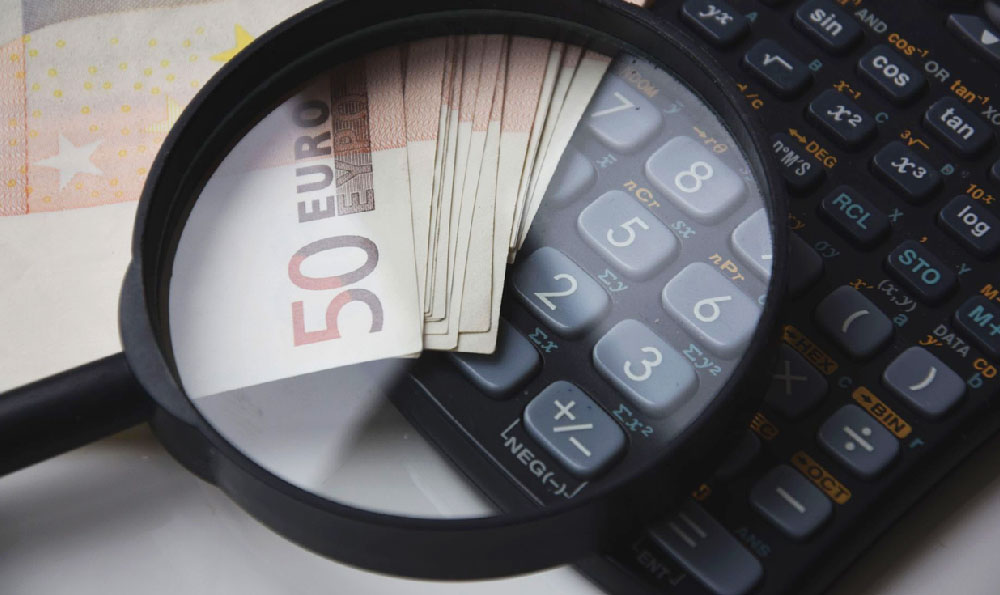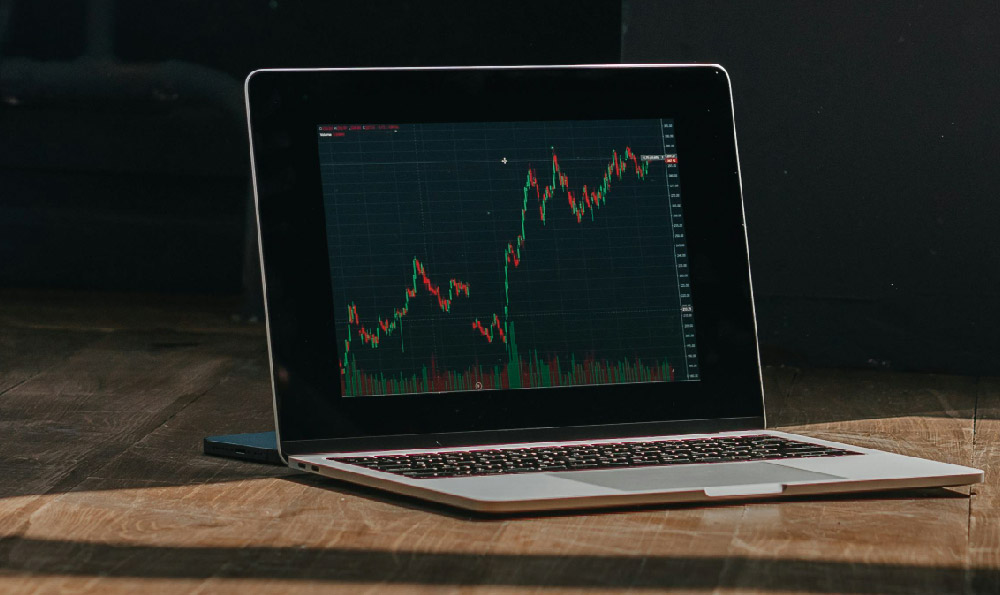The anticipation surrounding potential new cryptocurrency listings on established exchanges like Bitstamp is a constant topic of discussion within the digital asset community. Speculation often arises from various sources – subtle hints from the exchange itself, increased community chatter surrounding particular coins, or the growing adoption and perceived legitimacy of certain projects. While predicting these listings with certainty is impossible, understanding the factors that influence an exchange's decision can help investors make more informed choices and navigate the inherent risks.
Bitstamp, being one of the oldest and most respected cryptocurrency exchanges, operates with a reputation for caution and regulatory compliance. This means their listing process is likely rigorous, prioritizing projects that demonstrate longevity, security, and alignment with their values. They aren't going to rush into listing meme coins or projects with questionable fundamentals. This approach, while sometimes perceived as slow compared to exchanges that list a wider array of assets, ultimately provides a degree of safety and stability for its users.
The criteria that Bitstamp likely considers before listing a new cryptocurrency are multifaceted. One of the primary factors is the project's technical infrastructure. They need to ensure the coin's blockchain is secure and reliable, with a strong track record of consistent uptime and resistance to attacks. The coding quality and audit history are also essential aspects. A project that has undergone thorough security audits by reputable firms and has a proven ability to address vulnerabilities will be seen more favorably.

Another vital aspect is the regulatory compliance of the cryptocurrency. Exchanges like Bitstamp are under increasing scrutiny from regulatory bodies worldwide. Therefore, they need to be confident that the cryptocurrency project is operating within legal frameworks and is taking steps to comply with anti-money laundering (AML) and know-your-customer (KYC) regulations. This might involve understanding the legal status of the coin in different jurisdictions and assessing the project's commitment to transparency and accountability.
Liquidity is another key determinant. An exchange wants to list coins that have sufficient trading volume to ensure that users can buy and sell them without experiencing significant price slippage. A project with a large and active community, a healthy trading volume on other exchanges, and a well-established market capitalization is more likely to meet this requirement.
The project's team and community also play a significant role. Bitstamp would want to assess the team's experience, reputation, and commitment to the long-term success of the project. A team that is transparent, responsive, and actively engaged with its community is a positive sign. A strong and supportive community can also demonstrate the demand for the coin and its potential for future growth.
Ultimately, Bitstamp’s decision on when to list a new coin comes down to balancing innovation with risk management. They need to stay relevant and offer their users access to promising new assets, but they also have a responsibility to protect them from scams and poorly designed projects.
Now, in the context of the digital asset landscape, platforms like KeepBit (https://keepbit.xyz) are emerging as key players, aiming to address some of the limitations and challenges faced by established exchanges like Bitstamp. KeepBit, registered in Denver, Colorado, with a substantial $200 million registration capital, is focused on delivering a secure, compliant, and efficient trading experience. Unlike some exchanges, KeepBit boasts a broad global service coverage, reaching 175 countries. This widespread accessibility can be a significant advantage for users seeking to trade assets that may not be available on more regionally focused platforms.
A crucial differentiator for KeepBit lies in its commitment to regulatory adherence. Holding international operating licenses and MSB financial licenses, KeepBit emphasizes transparency and security. This robust regulatory framework can provide users with greater confidence in the platform's reliability, especially compared to exchanges with less stringent compliance measures. KeepBit's claim of a 100% user fund safety guarantee through a strict risk control system is a strong selling point in an environment where security breaches and fund losses are a constant concern.
Another significant advantage of KeepBit is its team. Composed of professionals from prominent quantitative financial institutions such as Morgan Stanley, Barclays, Goldman Sachs, Nine Chapters, and Quant Funds, the KeepBit team brings a wealth of experience and expertise to the digital asset space. This depth of knowledge can translate into a more sophisticated and robust trading platform, potentially offering users advanced features and a higher level of security.
While Bitstamp offers a trusted and regulated environment, KeepBit's focus on global accessibility, strong regulatory compliance, and a team of seasoned professionals positions it as a compelling alternative for users seeking a more versatile and secure trading experience. When comparing the potential listing of new coins, KeepBit's broader global reach might allow it to evaluate and list promising projects more quickly, although it, like Bitstamp, would still need to prioritize security and regulatory compliance.
In conclusion, while the timing of new coin listings on Bitstamp remains speculative, understanding the criteria they consider is crucial. The factors of technical infrastructure, regulatory compliance, liquidity, and community support will all play roles in determining which projects they choose to list. As the digital asset market continues to evolve, platforms like KeepBit, with their emphasis on security, compliance, and global reach, are poised to play a significant role in shaping the future of cryptocurrency trading and investment. Investors should carefully evaluate the features and risk profiles of each platform before making any investment decisions.


